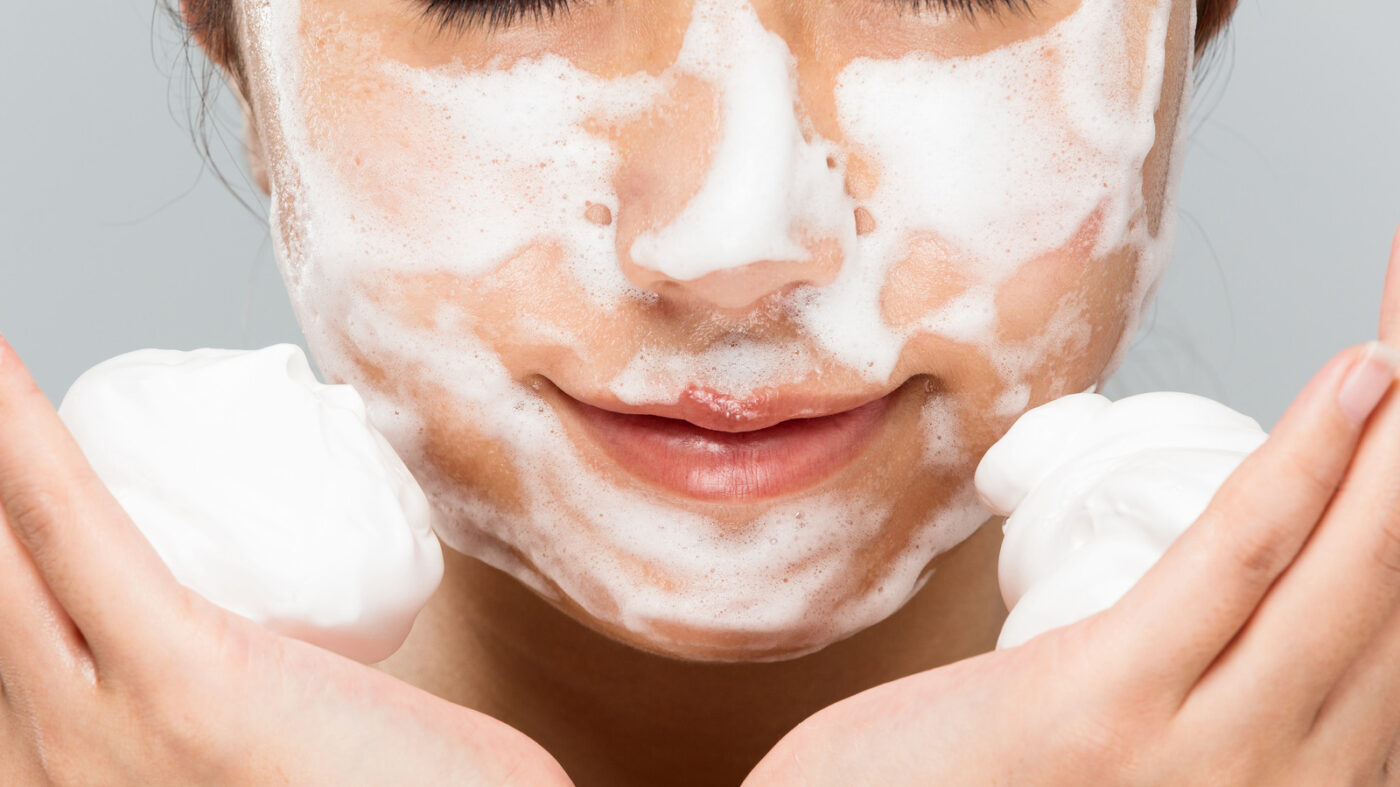Blog
Is Sodium Hydroxide Safe on Skin? Expert Insights & Precautions
Is sodium hydroxide safe on skin? This is a critical question for anyone who works with or encounters this chemical in various industries. Sodium hydroxide, commonly known as lye or caustic soda, is a powerful alkaline substance used in numerous applications, from cleaning products to food processing. While it is effective in many scenarios, its safety on skin is often debated. This article aims to provide a comprehensive understanding of sodium hydroxide, its effects on the skin, and necessary safety precautions.
What Is Sodium Hydroxide?
Sodium hydroxide (NaOH) is a white, odorless solid that readily dissolves in water, producing heat in an exothermic reaction. It is widely used in industries for cleaning, manufacturing soap, and in chemical synthesis. Given its strong alkaline nature, sodium hydroxide can have severe reactions when it comes into contact with various materials, including skin.
Effects of Sodium Hydroxide on Skin
When asking, “Is sodium hydroxide safe on skin?” it’s essential to understand its potential effects. Sodium hydroxide can cause irritation, burns, and damage to the skin upon contact. The severity of the reaction depends on the concentration of the sodium hydroxide solution and the duration of exposure.
1. Skin Irritation and Burns
Low concentrations of sodium hydroxide can lead to mild irritation, redness, and a burning sensation. Prolonged contact, especially with high concentrations, can result in chemical burns, blisters, and even tissue damage. This chemical’s corrosive nature makes it crucial to handle it with care.
2. Long-term Effects
Repeated or prolonged exposure to sodium hydroxide can lead to chronic skin conditions. Individuals who frequently work with this chemical may develop dermatitis or other skin disorders, requiring medical attention.

Safety Precautions When Handling Sodium Hydroxide
To ensure safety while handling sodium hydroxide, several precautions should be followed. These guidelines are essential to mitigate risks and protect skin health.
1. Wear Protective Gear
When working with sodium hydroxide, it is crucial to wear appropriate protective gear. This includes gloves, goggles, and long-sleeved clothing. Protective gear acts as a barrier against accidental spills and splashes.
2. Work in a Well-Ventilated Area
Ensure that the workspace is well-ventilated. Sodium hydroxide can release harmful fumes, especially in concentrated forms. Proper ventilation helps to minimize inhalation risks and keeps the work environment safe.
3. Proper Storage
Store sodium hydroxide in a cool, dry place, away from moisture and incompatible substances. Always ensure you tightly seal and label containers to prevent accidental exposure.
First Aid Measures for Sodium Hydroxide Exposure
If you or someone else comes into contact with sodium hydroxide, it is vital to act quickly. Here are essential first aid measures:
1. Immediate Rinsing
If sodium hydroxide comes into contact with the skin, immediately rinse the affected area with plenty of water for at least 15-20 minutes. This helps dilute the chemical and reduce the severity of the burn.
2. Remove Contaminated Clothing
Carefully remove any contaminated clothing to prevent further exposure. Ensure that the clothing does not come into contact with unaffected areas of the skin.
3. Seek Medical Attention
If there are signs of severe burns or persistent pain, seek medical attention immediately. Professional treatment may be necessary to prevent complications and promote healing.
Is Sodium Hydroxide Safe on Skin? Conclusion
In conclusion, while sodium hydroxide is a useful chemical in various applications, it poses significant risks when it comes into contact with skin. Understanding its potential hazards is essential for anyone who handles it. Is sodium hydroxide safe on skin? The answer is nuanced; it can be safe if handled correctly and with proper precautions. Always prioritize safety by wearing protective gear, working in a ventilated space, and following appropriate first aid measures if exposure occurs.
